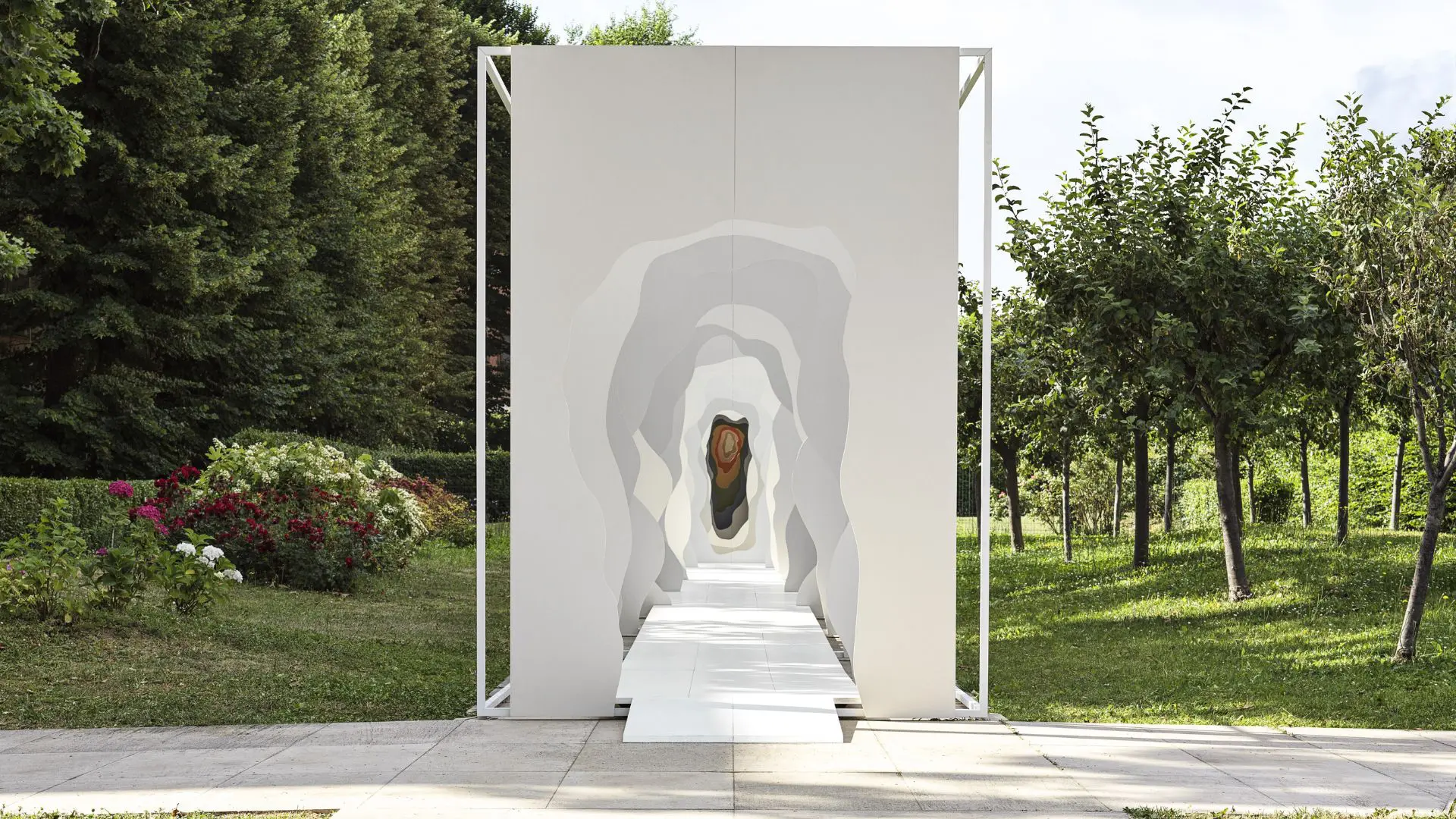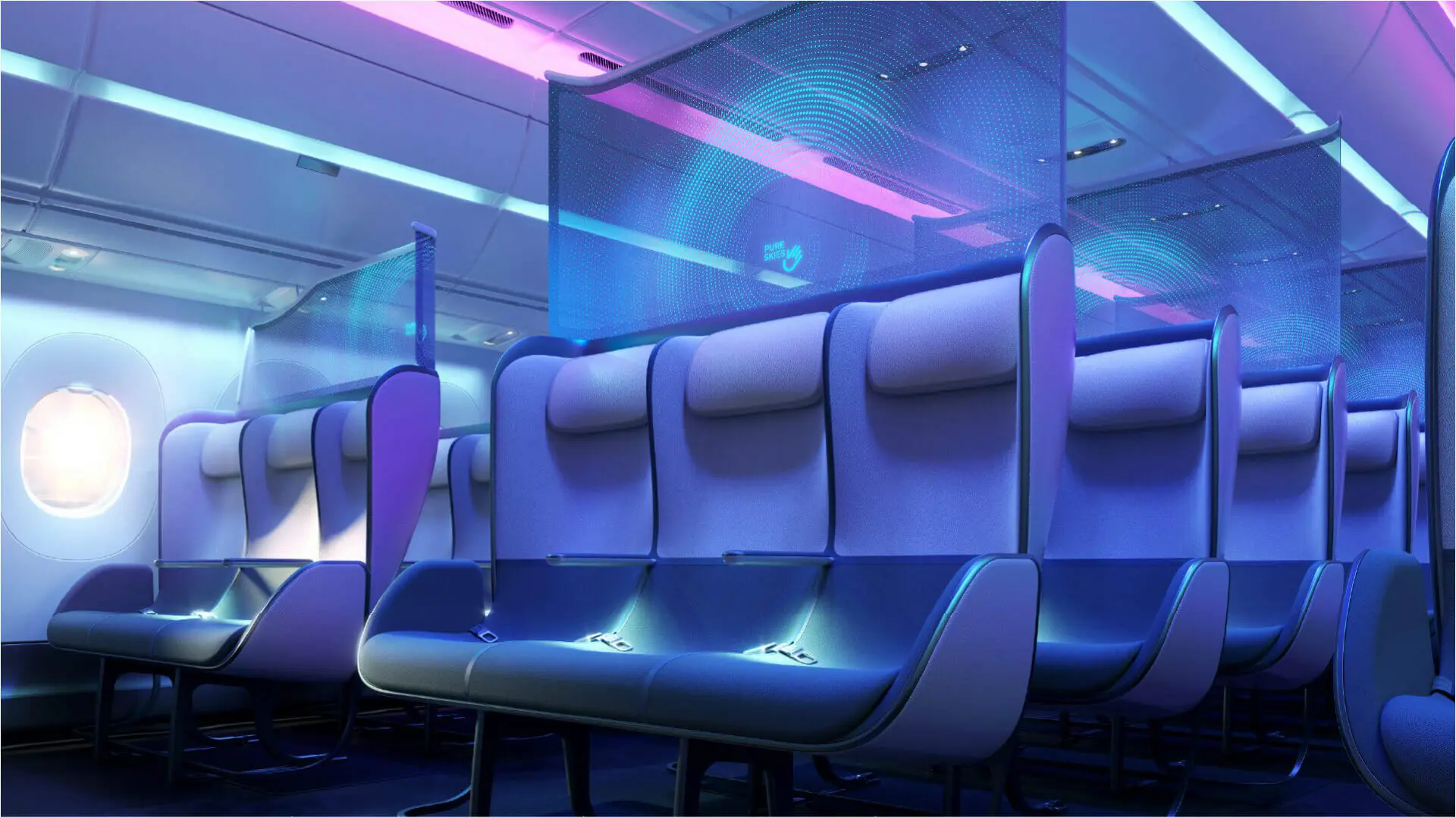Pininfarina: timeless vision, forward momentum
The act of honing an approach to design that seeks to humanize innovation as its nucleus, the enigmatic Italian design house celebrates its 95th anniversary this year. To toast the joyous occasion, Pininfarina ignited Turin’s National Automobile Museum with a special event on the 22nd of May and marked the monumental milestone with the release of “The Book of 95 Years.”

A well-disguised turning point of his auspicious beginnings, born in Cortanze d’Asti, Italy in 1893, Battista Farina was the tenth of eleven children and prophetically nicknamed “Pinin” as the youngest brother of the bunch, the little one. Contrary to tamed beliefs, youth extends far beyond a number. Youth is very much a mindset–an outlook on life that fosters and nourishes vitality, imagination, fearlessness. It dares one to dream, stay playful, ask questions out loud and create what’s missing in the world. Rebellious but enchanted, informed yet eager to know more, that is what Battista Pininfarina did and that is what kept him going. The coupling of curiosity and courage, what lies at the heart of its identity, is what has just as spiritedly kept the iconoclastic design house of Pininfarina moving, growing, and reaching for the sky for the last 95 years.
Championing form as much as function since its inception in 1930, Pininfarina’s design ethos has been synonymous with a fusion between design sensitivity, pure philosophy of beauty, technical research, and innovation. The celebrated Italian brand’s foundation lies in crafting unique luxury and grand luxury automobiles, sophisticated and capable to distill a kind of elegance that visually pulls you in yet feels pragmatic–a fine balance between rationality and wonder pouring in through the open windows.

While continuing its legacy in the automotive sector with bespoke, one-off creations, the design house now extends this approach to architecture and furniture design, a transition that has seen the convergence of the brand’s renowned aesthetic that hails from its automotive heritage with interiors and exteriors. Conveying a broader vision of living and moving in space, Pininfarina’s creations have a gust of world-building and a precise mood revolving around them. Each is very much like a time capsule—a vessel for the energy of the moment that they were made.
Oksýs, a groundbreaking step into the realm of collectible furniture unveiled at Milan Design Week 2024, is evocative of how the Studio’s past holds the capacity to intriguingly inform its present as Oksýs’s roots can be traced back to a 1947 visionary design of the iconic Cisitalia 202 by Pininfarina himself. It was the first car to grace New York’s Museum of Modern Art’s collection in 1972. A reflection of the aerodynamic revolution of the 1930s, the Cisitalia’s hand-hammered aluminium panels signaled a departure from traditional mass production methods, evoking a timeless blend of artistry and never-before-seen engineering.

Crafted through a single aluminium casting process, Oksys is simultaneously a juxtaposition of two contrasting textures and shapes and a harmonious amalgamation between artifice and natural elementality. An oxymoron to be embraced by–a coveted objet d’art. The design narrative of the chaise longue can be traced through its distinct aesthetic and tactile motives. The upper composition exudes an automotive-inspired sleekness, a smooth surface characterised by flowing lines. In stark contrast, the lower part encapsulates the rough and rugged beauty of rock formations as a nod to nature’s resilience. This dynamic equilibrium, where stability meets turbulence with ease, creates a mesmerizing interplay of forms.

Pininfarina’s 2005 design of the Acropolis Concentric Kitchen for Snaidero in turn demonstrates the Italian design house’s ability to predict the future. Not an ordinary kitchen in the slightest, the Acropolis takes conventional kitchen design to the edge of Italian modernism through optimising every domestic movement there is. Very much in tune with the times we live in today, the concept is a solution to fast-paced lives as much as it facilitates connectivity, a scarce modern commodity. Ergonomics, dilated forms, and the notion of living life full circle are the main ingredients behind it.

With its circular design, everything in the Acropolis Concentric Kitchen is within easy reach, combining a sleek aesthetic appeal with economy of movement and superb functionality. The winner of the Chicago Athenaeum Museum of Architecture and Design’s Good Design Award originates from Paolo Pininfarina’s comparison of a drum set to a kitchen space, where both the drummer and the cook express their creativity and reveal their talent to whoever’s watching to the fullest. While the aluminum structure has no angles or corners, elements are invisibly joined by custom fittings, giving the kitchen an outstanding self-supporting system instead. The user is placed at the center and in tune with their surroundings as ever.

Returning to the just as filled with excitement present moment, to toast its 95th anniversary, Pininfarina hosted a special event in Turin’s National Automobile Museum and marked the joyous occasion with the release of “The Book of 95 Years.” The brand’s evolutionary journey and its seismic impact on the world of design–its ability to master interior design and architecture through innovation and craftsmanship, and sustain meaningful and fruitful relationships with its long-standing clients and partners–have been highlighted and celebrated.

In keeping with tradition, every five years, the company celebrates its history with a book. This year’s volume explores conceptual categories such as Beauty, Creativity, Technology & Innovation, Craftsmanship, Sustainability, and Vision. These themes showcase how the Italian brand has managed to integrate its values across a plethora of design areas, from mobility to living spaces.

Mike Nichols’s 1967 cult classic The Graduate memorably featured Pininfarina’s Alfa Romeo 1600 Spider painted in unruly red, so crucial to the film’s aesthetic and specific sensuality. Benjamin Braddock’s drive across San Francisco’s Bay Bridge is a study of freedom, escapism, individualism–frozen in time on screen. In the same manner, so much of Pininfarina’s legacy in the making is about suspended storytelling and vigor. Each chapter, each decade, each moment of creation stems from the desire to do something that matters, something that leaves a mark. As the world’s possibilities gradually narrow into one sacred timeline, in the present moment, there is nowhere to go but onwards.












